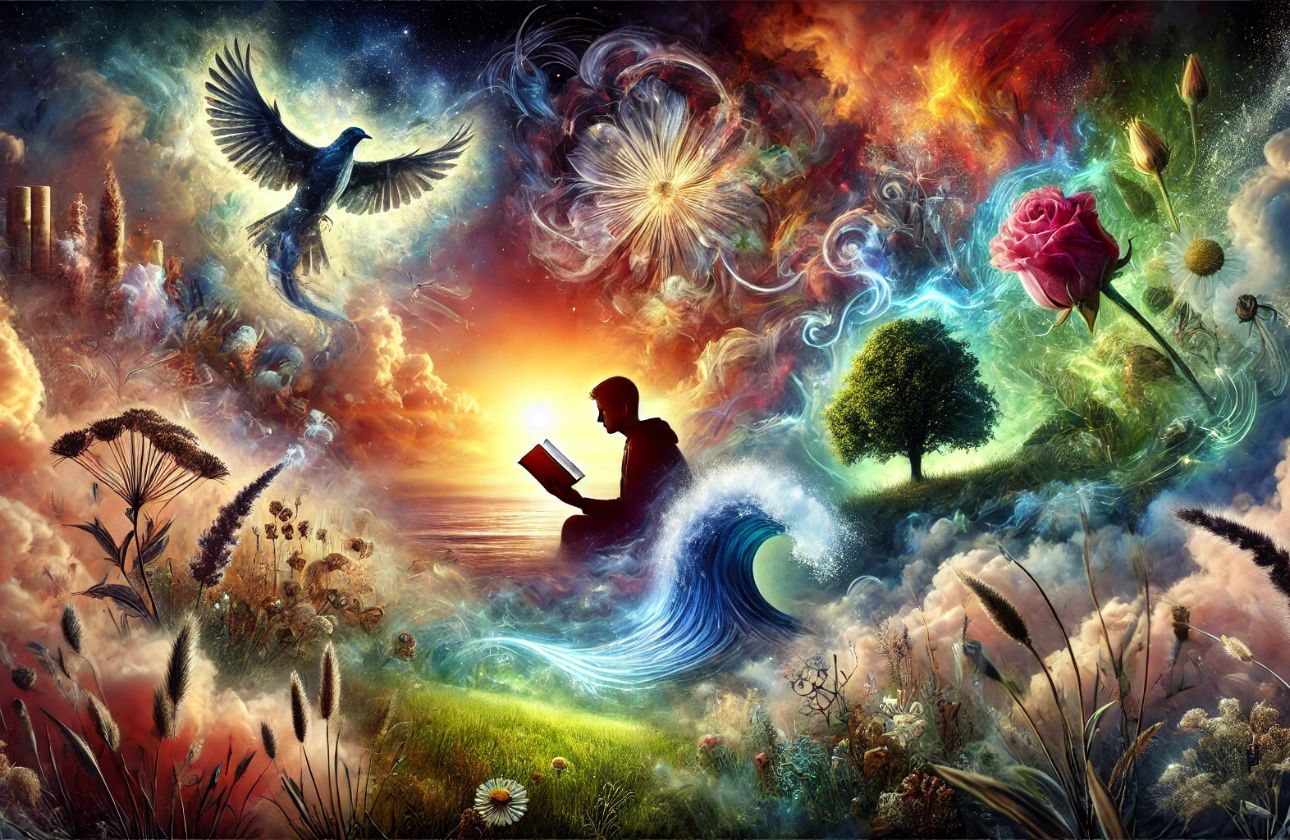The Magic of Imagery in Literature
Literature is a portal to new worlds, emotions, and perspectives. Among its many tools, imagery stands as one of the most powerful ways to captivate readers and transport them into the heart of a story. This literary device breathes life into words, making them vivid, tangible, and unforgettable.
What is imagery in literature?
Imagery is the use of descriptive language that appeals to our senses—sight, sound, touch, taste, and smell. It allows readers to visualize scenes, feel textures, hear sounds, and even taste the flavors described. By engaging the senses, imagery creates a connection between the text and the reader's imagination.
Creating immersive worlds through imagery
Imagery is the paintbrush of a writer’s creativity. Through carefully chosen words, authors can craft vibrant landscapes, bustling cities, or eerie wastelands. It draws readers into a story, making them feel as if they are walking alongside the characters and experiencing the narrative firsthand.
Evoking emotions with vivid descriptions
Beyond painting pictures, imagery stirs emotions. The description of a stormy sea can evoke feelings of chaos and danger, while the imagery of a serene meadow might bring calm and peace. By tapping into the emotional depth of sensory experiences, writers create resonance and empathy in their audience.
Symbolism through imagery
Imagery often goes beyond literal descriptions, serving as a vehicle for symbolism. A withering flower can symbolize fading hope, and a glowing sunrise might represent new beginnings. These layered meanings enrich a story, inviting readers to uncover hidden depths within the narrative.
The role of imagery in character development
Through imagery, writers reveal the essence of their characters. A character’s surroundings, appearance, and interactions with the world are all illuminated by vivid descriptions. Imagery also offers insight into their thoughts and emotions, making them more relatable and memorable.
Why imagery matters in storytelling
Imagery transforms a simple narrative into an experience. It keeps readers engaged, enhances the impact of key moments, and ensures the story lingers in their minds long after the final page. Without imagery, literature would lose much of its emotional and sensory power.
Imagery in different genres
From the poetic imagery of romantic literature to the detailed world-building of fantasy novels, this device finds its place in every genre. It adapts to the tone and purpose of the story, offering limitless possibilities for creativity and expression.
Unlock the magic of imagery
The beauty of imagery lies in its ability to make the intangible tangible. It bridges the gap between words on a page and the rich, sensory experience of life. As readers, we are gifted with a lens that sharpens our perceptions and deepens our connection to the art of storytelling.
Dive into your next book with a keen eye for the magic of imagery, and discover how it transforms the ordinary into the extraordinary.




Comments (0)